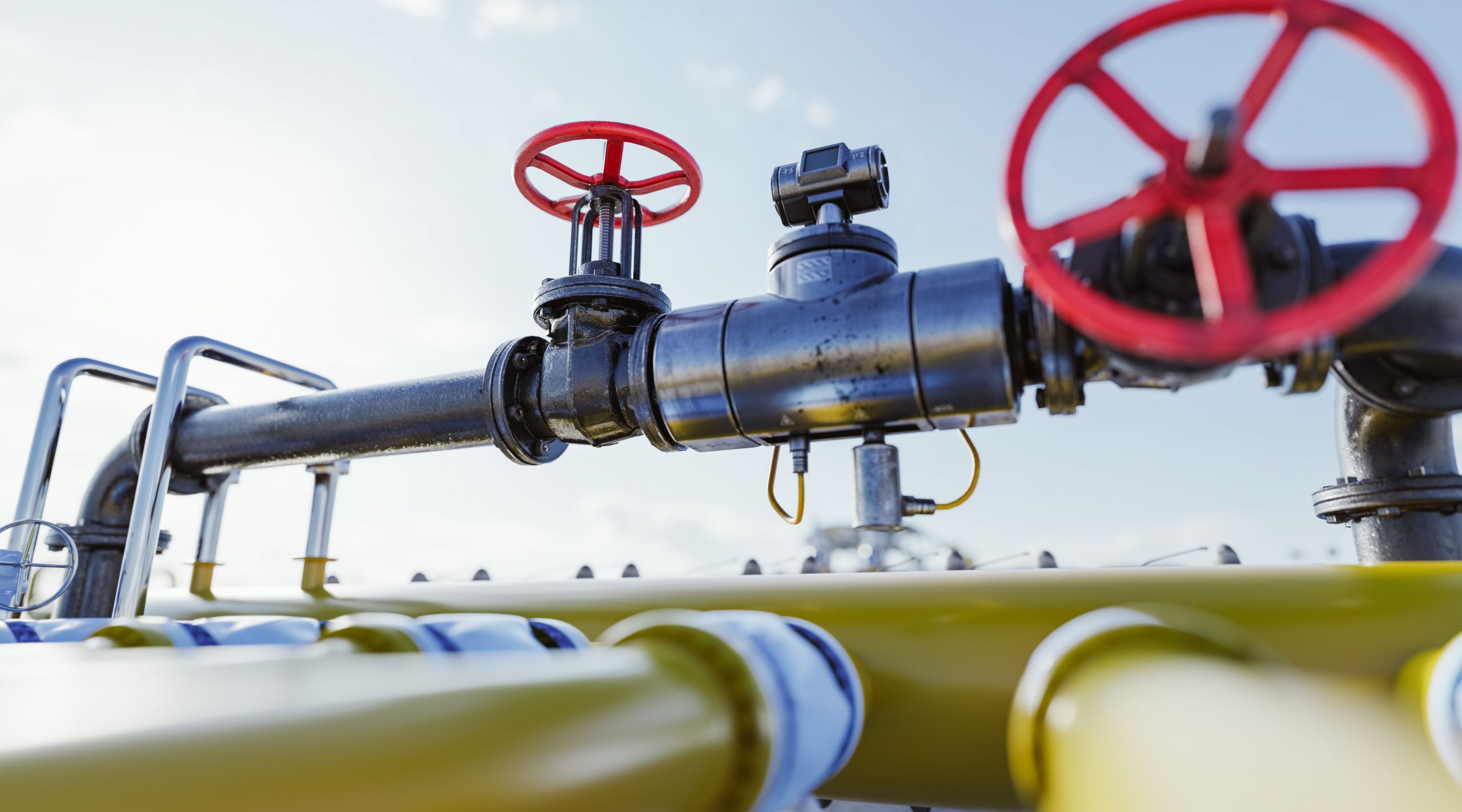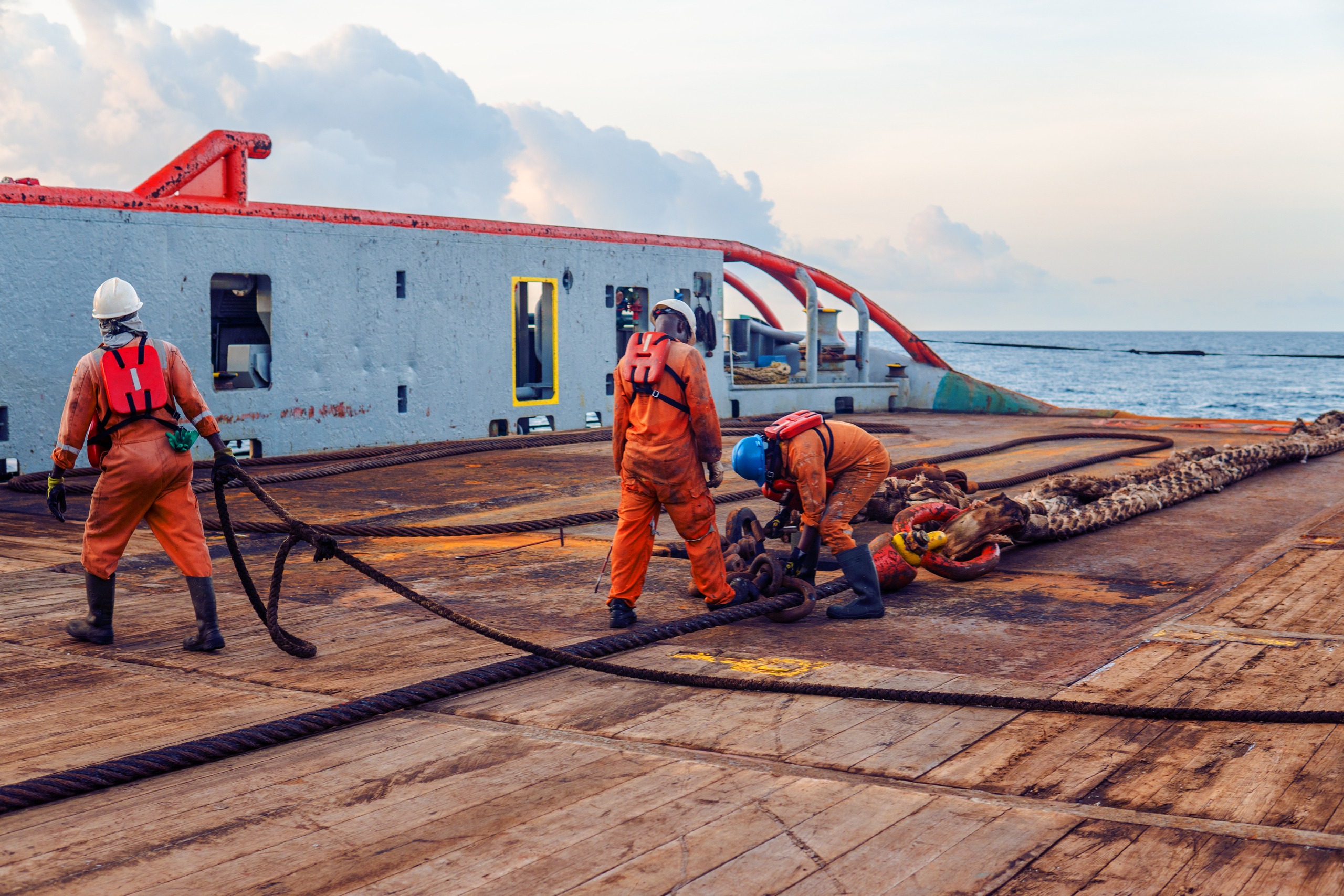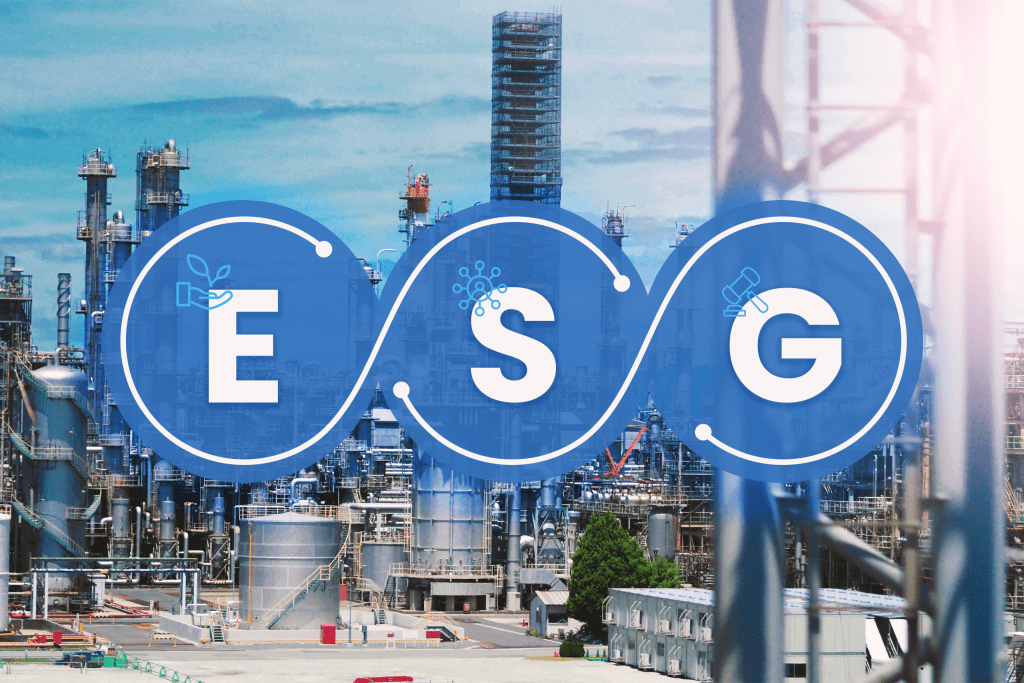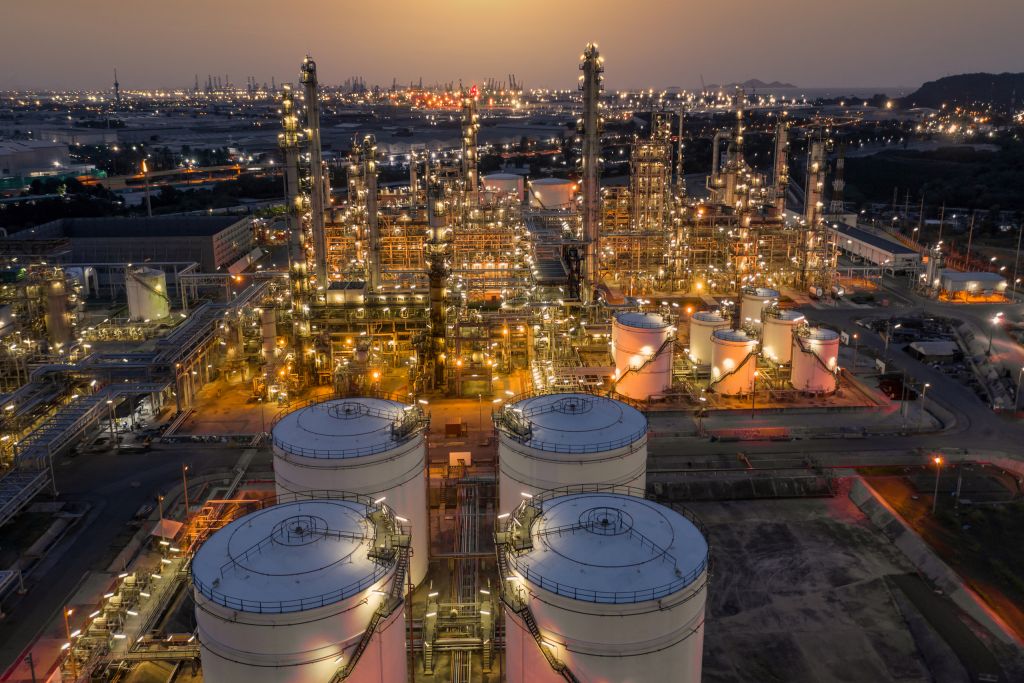Intro
The oil and gas industry is characterized by the exploration of oil and natural gas in extremely hostile environments generating constant risks to the staff, the environment, and also to the integrity of the plant. Offshore operations are marked by their high complexity, with many processes occurring simultaneously in tens of thousands of heavy assets. In this scenario, operational safety management has the objective of developing internal procedures in order to avoid accidents and provide assertive measures to decision-makers.
What is Process Safety?
As mentioned before, Process safety management is about developing efficient and effective safety management systems so that the operation maintains its functioning with adequate performance rates, control over operational risks, and clarity in the reasons that lead to failure mechanisms.
Process safety is a mechanism that has legal support that guides how these objectives should be outlined and executed within the process.
The inefficiency of Process safety management results in incident rates, whose damage can be irreparable, as well as negative economic and social impacts.
What does the structure of an process safety system look like?
The structure of these systems is composed of:
Process safety plan:
Mapping and deciding on the approaches needed to mitigate risks exposed to the operation.
Risk management:
Systems responsible for managing the critical elements in the operation, their possible failures, and adjacent components that may be involved in possible accidents. Furthermore, it is also from efficient risk management that corrective plans are drawn.
Safe work practices:
Given the assessment of the risks present in the operation, work practices are submitted aiming at the safety and control of risk matrices present in the operation by the operators in their work routines.
Maintenance systems:
Maintenance systems are responsible for monitoring and evaluating the systems operating in the plant. Upon identifying deviations, the maintenance systems must perform corrective actions to ensure the integrity of the equipment.
Incident Management:
In case of incidents, management must record the events so that investigations can be conducted to identify the root causes of the incidents
Although safety management is a complex procedure, these are just some of the key parameters that make it effective. It is worth noting that the points highlighted above are the most important and common to most industrial processes. However, it is possible that the points change according to the specific context of each industry.
What are the challenges involved in this discipline?
As we can identify, process safety management in offshore plants is an element of fundamental importance and can be the determining factor between the occurrence or prevention of a catastrophe.
Despite its decisive role in the operational process, some challenges are encountered in the execution of process safety plans. Offshore plants are known to operate in extremely hostile and isolated environments, making access difficult and also very costly.

In addition, another challenge concerns the characteristics that involve the Oil & Gas process. Besides being located in isolated basins in the ocean, the process is characterized by exploiting wells involving highly flammable elements at high pressure on structures exposed to aggressive corrosive processes.
In addition, offshore plants have structures composed of tens of thousands of assets that are interrelated and susceptible to failures in cascading effects.
These challenges are manually managed by field operators in risk analysis and intervention assessment journeys. However, the development of technologies for this important operational aspect of the oil and gas industry has generated new perspectives for optimization.
Digitalization of process safety management
It is undeniable the contribution of the oil and gas industry to the economic development, a development that is reflected in the research and innovation for the industry.
In this scenario, the industry has implemented digital technologies with the objective of generating greater efficiency and precision in the process safety process. The advantages are reflected in better safety rates, lower costs, greater control over the many variables that involve the production process, and shorter execution time of activities that encompass process safety.

According to Predence reports, the market for software and services involving operational management is valued at $6.2 billion in 2021 and is expected to reach $11.87 billion by 2030, growing at a CAGR of 7.5% during the forecast period from 2021 to 2030.
These data demonstrate the value that the digitalization of this important management has generated over the last few years and its growth prospects.
Conclusion
Through the implementation of process safety procedures, the oil and gas industry has access to the necessary subsidies for the implementation of a comprehensive management system, with the objective of avoiding risks to its employees, the environment, and the operational structure itself. Having an organized and well-structured system is a fundamental factor in limiting risks to people, plants, and assets.
Although management is already widespread and regulated by law, digital systems from Industry 4.0 are very effective in generating optimizations, reducing costs and time, and providing adequate monitoring of a complex structure composed of thousands of assets.



